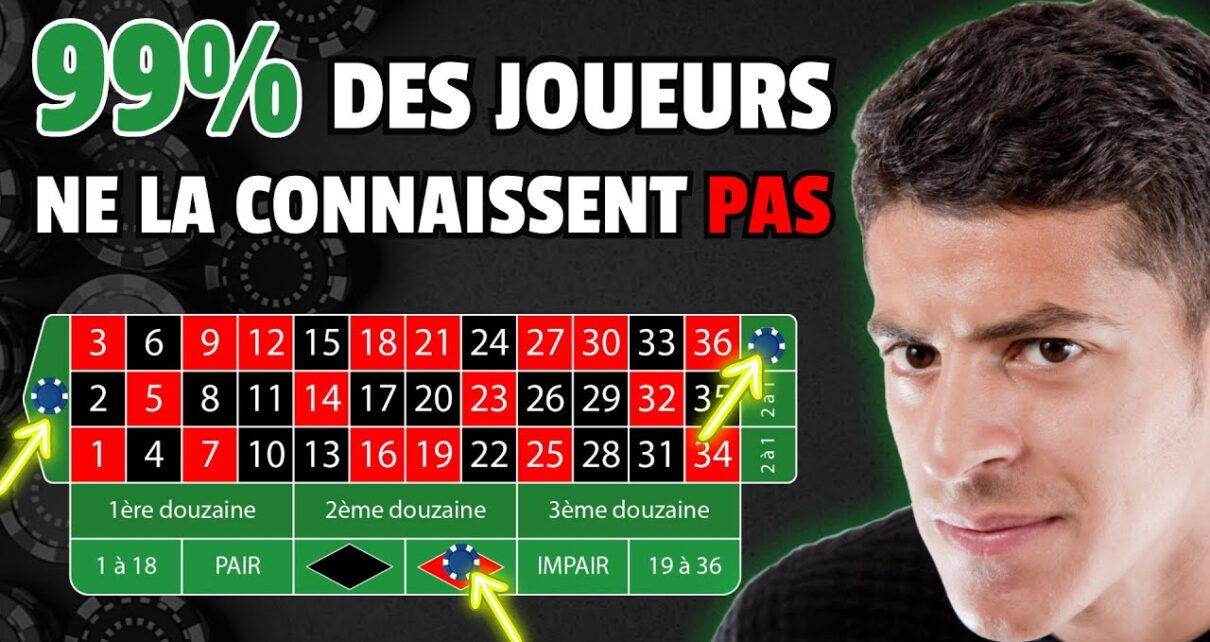The Profitable Roulette Technique That 99% of Players Ignore
Roulette is one of the most iconic games in the world of gambling, drawing in players with its flashing lights, spinning wheel, and the alluring sound of chips clinking on the table. Despite its simplicity, many players approach roulette with little more than luck and intuition, often leading to disappointing losses. However, there exists a technique that, while overlooked by almost all players, can substantially improve one’s chances of walking away a winner. In this article, we will explore this profitable roulette technique that 99% of players ignore.
Understanding the Basics of Roulette
Before diving into the technique, it’s essential to understand the basic structure of the game. Roulette consists of a spinning wheel with numbered pockets and a corresponding betting table where players can place their bets. Players can choose to bet on individual numbers, ranges of numbers, colors, or whether the number will be odd or even. The game’s classic appeal comes from that tantalizing moment when the ball lands in its pocket, determining the outcome of the spin.
The Overlooked Technique: The Martingale Strategy
One of the techniques that many roulette players either do not understand or are quick to dismiss is the Martingale strategy. While it doesn’t guarantee winnings, when applied correctly, it can help manage losses and maximize the potential for profit over time.
How the Martingale Strategy Works
-
Placement of Bets:
The Martingale strategy is primarily used for betting on even-money bets, such as red/black or odd/even. These bets offer almost a 50% chance of winning, making them ideal for this technique. -
Doubling Down:
The core idea behind the Martingale strategy is simple: after every loss, you double your bet on the next spin. The idea is that when you eventually win, you will recover all your previous losses, plus a small profit equal to your original bet. -
Setting Limits:
To use the Martingale strategy effectively, players should be aware of their bankroll and set limits. It’s imperative to determine a maximum bet that won’t compromise your entire bankroll. - Stopping After a Win:
Once you have recovered your losses and gained a small profit, it’s crucial to revert to your original betting amount. This disciplined approach helps maintain your winnings and prevents you from spiraling into deeper losses.
The Importance of Bankroll Management
While the Martingale strategy can be advantageous, successful implementation hinges on effective bankroll management. Here are some tips to consider:
- Determine Your Budget: Before sitting at the roulette table, establish how much you are willing to spend and stick to that budget.
- Know When to Walk Away: If you find yourself continuously losing, accept it gracefully and walk away. No strategy can overcome an unfavorable streak indefinitely.
- Limit the Number of Consecutive Bets: To avoid hitting the table limit or running out of funds, consider capping the number of consecutive doubles at a predetermined amount.
The Myth of “Hot” and “Cold” Numbers
Another misconception many players fall prey to is the belief in “hot” and “cold” numbers—numbers they believe are due to hit or are on a streak. Roulette outcomes are random, and each spin is independent of the previous one. Relying on trends can lead to reckless betting and significant losses.
Final Thoughts
While the Martingale strategy remains one of the most widely discussed methods, it’s crucial to approach roulette and all forms of gambling with caution. Roulette is ultimately a game of chance, and no strategy can beat the odds completely. However, understanding the Martingale technique and employing diligent bankroll management can enhance your experience and improve your odds of coming away a winner.
Remember, the key to enjoying roulette isn’t just about the wins; it’s about having fun, knowing your limits, and using informed techniques wisely. So next time you sit down at the roulette table, consider exploring the profitable technique that 99% of players ignore—it might just give you the edge you need.

